#american archaeology
Text

Having an argument about how to excavate archaeological sites with @chaotic-archaeologist
Some of us (me) learned using 10ths of Feet (a regular imperial foot divided into ten units) because the region we learned in is full of historic buildings and sites constructed in imperial scale. And that it is therefore a perfectly valid way to do archaeology.
Some of us (Reid) think this is heresy and silly thinking.
124 notes
·
View notes
Text
Happy International Archaeology Day! Celebrating with some pictures of archaeology stuff :)
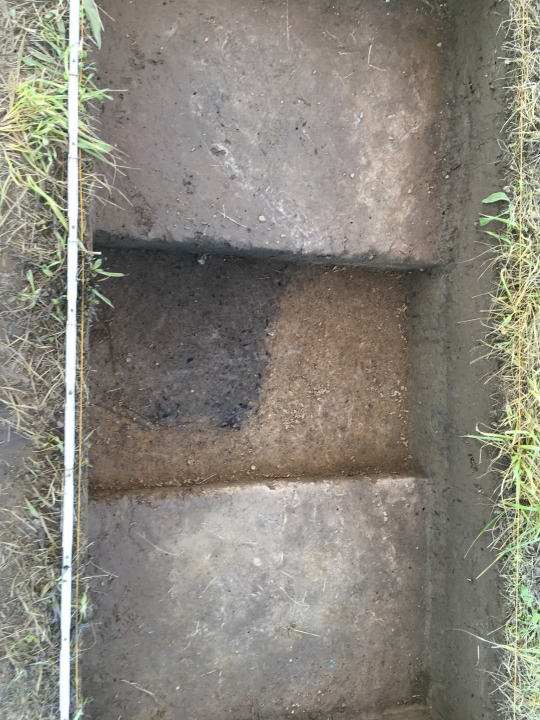
This was my very first unit, F2/SQ4, approx. LVL2

This was my unit 2 years later (thanks COVID)—H.B. 2(?) LVL<1

This is a very nice dramatic shot of the half unit I was digging out. This is all mixed context, so I mostly did this out of practice.

This was some of my trowel work from the week prior, because everyone at this current dig is very old 😂💙
#international archaeology day#international archaeology day 2023#IAD23#IAD2023#archaeology#American archaeology#Native American archaeology#archaeology units#trowels#history
23 notes
·
View notes
Text

Lobster Effigy Vessel, early intermediate Nazca (300-600 CE) earthenware and slip paint
currently in the collection of the Walters Art Museum (Baltimore, Maryland, USA), accession no. 2009.20.55
27 notes
·
View notes
Text
youtube
This is a STELLAR free documentary about life in the Americas pre-contact, I can’t recommend it enough it’s fantastic.
#it corrects every common misconception you were taught in school#it only has interviews with native archaeologists#just stunning work#American archaeology#indigenous history#native American history
13 notes
·
View notes
Text
all the new archaeological studies and findings in the past two weeks (released to the public) from the americas are so exciting!!
Not even my region of focus but I’m frothing at the mouth
#archaelogy#anthropology#history#archaeological finds#dark academia#light academia#academia#American archaeology#archaeology in the americas
2 notes
·
View notes
Text
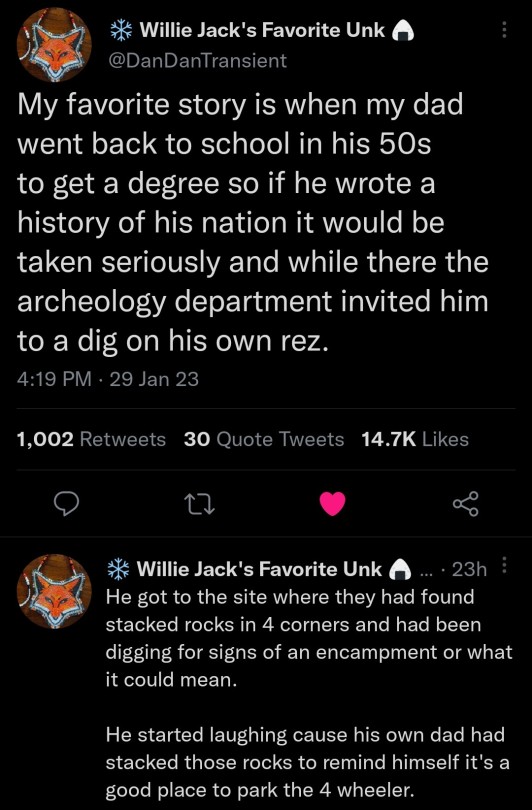
74K notes
·
View notes
Photo

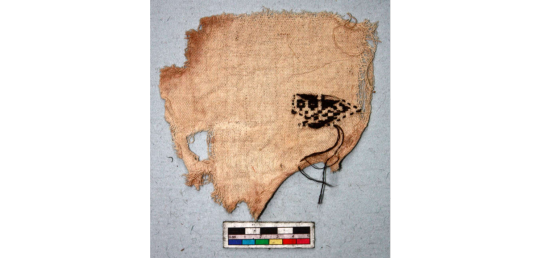
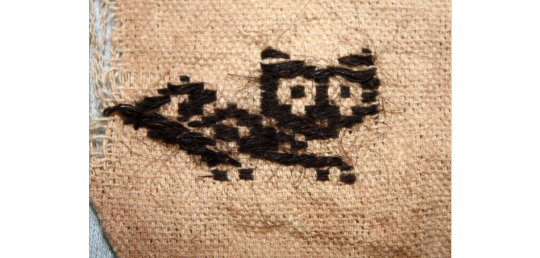
textile
Cultures/periods: Chimu (?) Chancay (?)
Production date: 900-1430
Made in: Peru
Provenience unknown, possibly looted
Textile fragment; cotton plain weave ground with paired warps; camelid supplementary weft patterning; feline figure; cream and black.
British Museum
25K notes
·
View notes
Text



Pueblo Bonito, in Chaco Canyon, was occupied from 828 and 1126 CE. It was the largest of the great houses in what may have been a ceremonial center.
Explore Chaco:
#travel#architecture#history#wandering#original photography#chaco canyon#archaeology#ancestral puebloans#ancient architecture#native american#new mexico#chaco culture#national park service#national park#lensblr#photography#wanderingjana
251 notes
·
View notes
Text
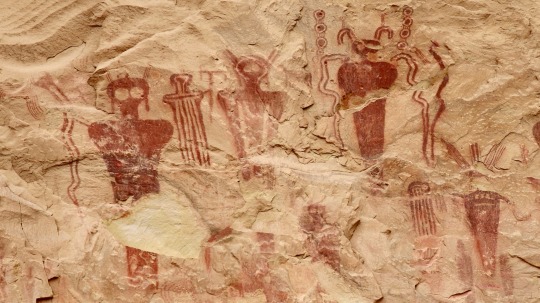


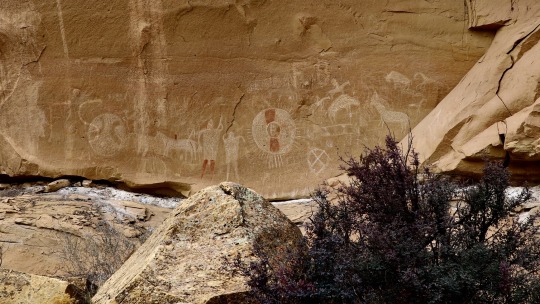
#Ute#Fremont#barrier style#pictographs#petroglyphs#American Indian#art#history#archaeology#adventure#travel#my photo#desert#southwest#utah#photography#aesthetic#sego canyon rock art interpretive site#aka#Thompson wash rock art district
107 notes
·
View notes
Text
World's Oldest Leather Shoe, from Armenia, c.3500 BCE: this prehistoric shoe dates back to about 5,500 years ago, making it the oldest leather shoe in the world
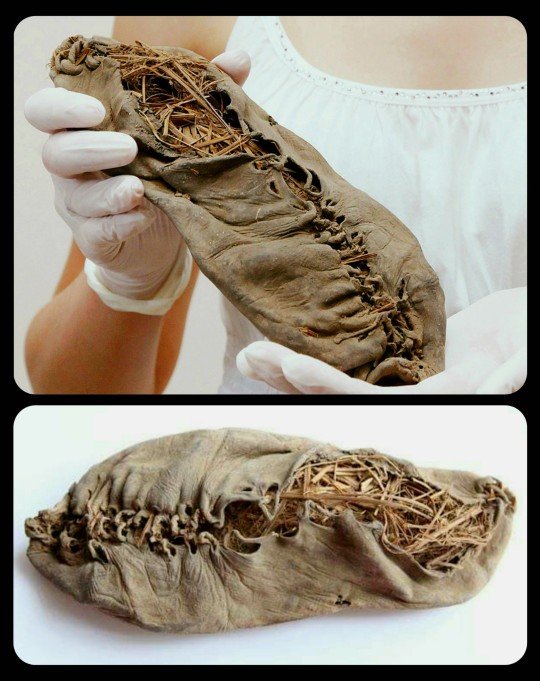
The shoe was found within a cave in the Vayots Dzor province of Armenia, where it had been preserved beneath a layer of sheep dung for more than five millennia.
From the BBC:
At 5,500 years old, the well preserved cow-hide shoe pre-dates Stonehenge by 400 years and the Pyramids of Giza by 1,000 years.
It was made of a single piece of leather and was shaped to fit the wearer's foot, researchers say.
The shoe contained grass, although the archaeologists are uncertain as to whether this was to keep the foot warm or to maintain the shape of the footwear.
Archaeologists put the shoe's remarkable preservation down to the stable, cool and dry conditions in the cave, and the fact that the floor of the cave was covered by a thick layer of sheep dung. This layer of excrement acted as a solid seal, preserving it over the millennia.
According to researchers, the shoe was deliberately buried in a clay-lined pit located within the cave system, though it's unclear why it was originally buried there. The evidence suggests that the shoe was more than just a ritual object -- an imprint of the wearer's big toe is still visible in the leather, and there is a significant amount of wear along the heel and ball of the foot.
This is the oldest leather shoe that has ever been discovered, but older shoes made of plant fiber have been found at sites in Missouri and Oregon. The oldest shoes ever discovered come from Oregon's Fort Rock Cave, where archaeologists unearthed dozens of sandals dating back to about 10,000 years ago.

Sandals from Fort Rock Cave, Oregon
Sources & More Info:
National Geographic: World's Oldest Leather Shoe Found--Stunningly Preserved
BBC: 'Oldest Leather Shoe' Discovered
The Bulletin: Viral Story about World's Oldest Shoes Failed to Mention Ancient Fort Rock Footwear
Oregon Encyclopedia: Fort Rock Sandals
#archaeology#history#artifact#anthropology#prehistoric#fashion#leather shoe#armenia#prehistoric clothing#preservation#crafting#leather work#ancient history#fort rock cave#oregon#prehistoric footwear#sandals#native american history#world's oldest shoes
91 notes
·
View notes
Text

~ Necklace.
Date: 2300 B.C.–A.D. 1492
Culture: Indigenous American (Pre-Columbian)
Medium: coral, turquoise, cotton
#ancient#ancient art#history#museum#archeology#ancient history#archaeology#jewelry#necklace#native#native american#culture#precolumbian#2300 b.c.#a.d. 1492
704 notes
·
View notes
Text
a development project in alabama has been halted due to archaeological finds dating to the antebellum period and including artifacts from later Black landowners and farmers
4 notes
·
View notes
Text
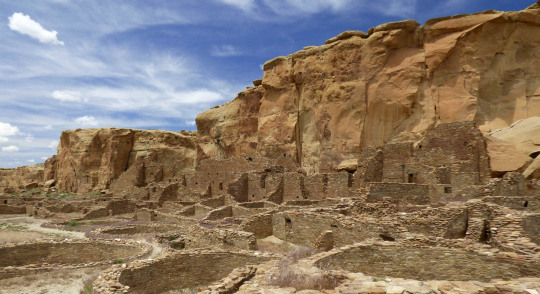

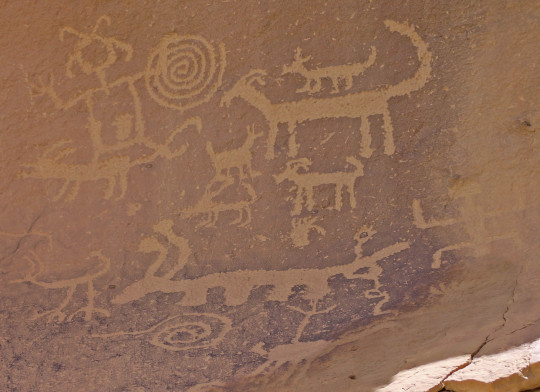


Chaco Canyon is one of the most inaccessible National Parks in the country. Although it is well-known, there is no easy way to get there and there are no amenities once you arrive. The closest town is 60 miles away. There’s a gas station on the main road, near where you turn off on Highway 550. That’s the last opportunity for gas, water, snacks, sunscreen and supplies.
Furthermore, there is no good road to Chaco Canyon. Bluntly, it feels like an Indiana Jones expedition the moment you turn off the main road. The jolting journey evolves from a deceivingly decent dirt road to not so good to face rattling off your skull for a couple of miles. Also, there's a large wash on the way, which can become impassable during heavy storms. Don’t be daring, because there’s no cell phone reception either.
#Native American#New Mexico#roadtrip#NativeAmerican#history#heritage#tradition#culture#daytrip#virtualtravel#instatravel#travelgram#NewMexico#historygeek#offthebeatentrack#leavenotrace#joltyourjourney#earthshotz#AncestralPuebloan#ChacoCanyon#indigenous#archaeology#anthropology#instagramersnm#igersnm
51 notes
·
View notes
Text
youtube
Hey... psst... hey you... do you like museum tours? Walk-throughs? Well, you're gonna love this new video I made. Yeah, it's pretty good. I mean, the video quality is shit when it's trained on me, but the footage of the museum is good, and I think my commentary is interesting. Yeah, I think you'd enjoy it, make a cup of tea, and grab a snack for while you watch it. Great, thanks!
#history#museum#archaeology#youtube#chinese history#canadian history#american history#museums#art history#dark academia
86 notes
·
View notes
Photo

Cliff Palace, the Ancestral Pueblo cliff dwellings at Mesa Verde, photographed on July 27, 1923.
Record Group 95: Records of the Forest Service
Series: Photographs Relating to National Forests, Resource Management Practices, Personnel, and Cultural and Economic History
Image description: We can see a couple dozen of the sandstone-and-mortar rooms that make up the Cliff Palace site. The rooms mostly have sharp corners, but a few are round. They are built under an overhanging cliff.
#archivesgov#July 27#1923#1920s#Cliff Palace#Mesa Verde#mesa verde national park#Ancestral Pueblo#Native American history#American Indian history#Indigenous American history#or prehistory I suppose#archaeology#Colorado
129 notes
·
View notes
Text
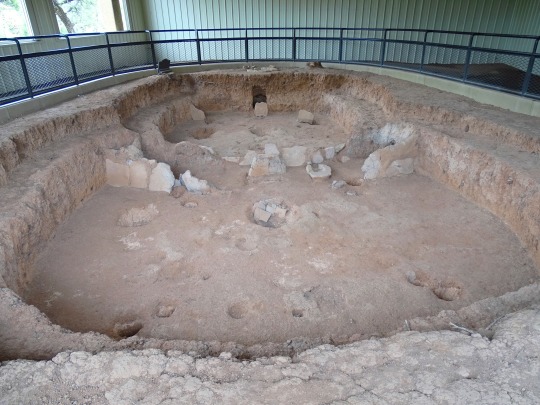
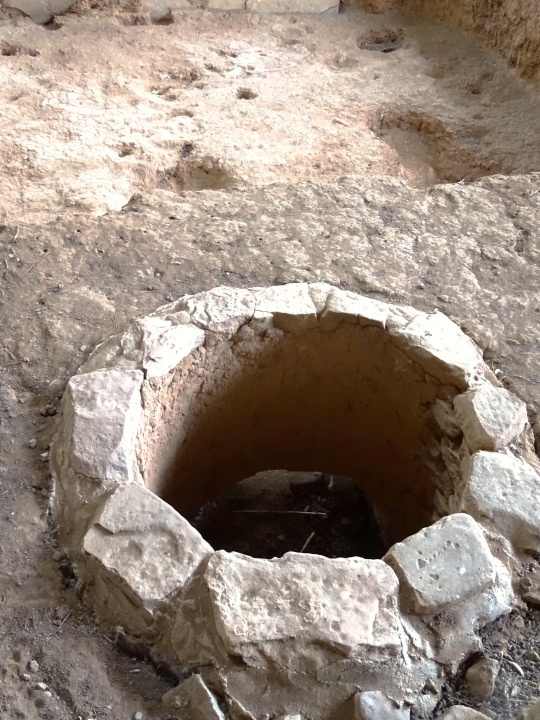


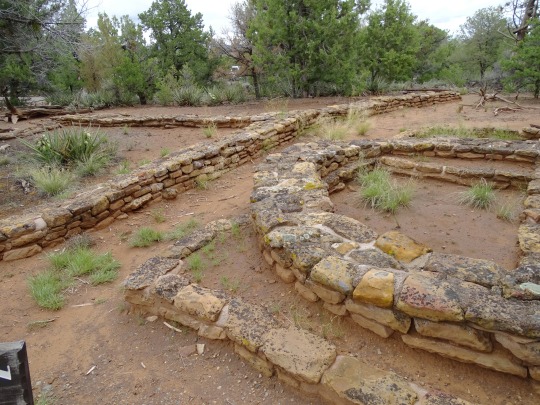

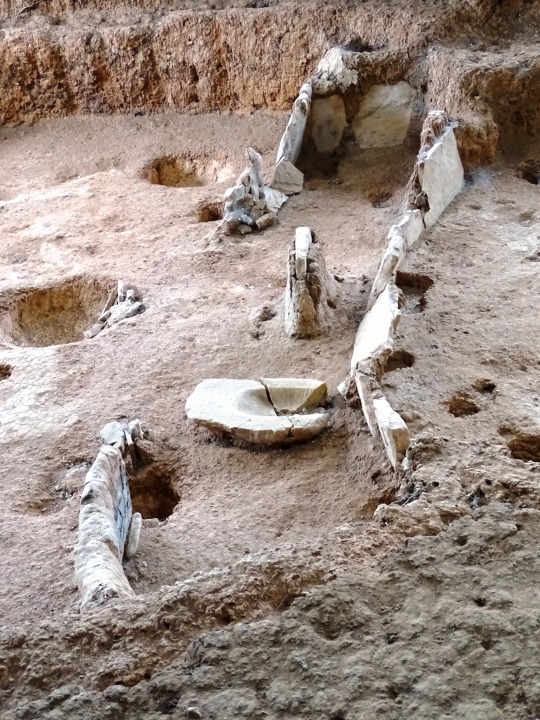


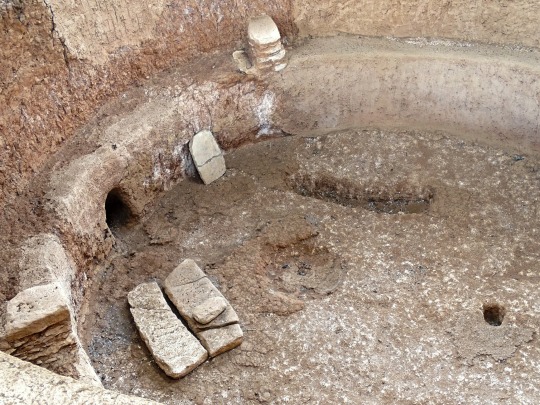

Mesa Verde National Park (No. 10)
With the introduction of corn to the Mesa Verde region c. 1000 BC and the trend away from nomadism toward permanent pithouse settlements, the Archaic Pueblonians transitioned into what archaeologists call the Basketmaker culture. Basketmaker II people are characterized by their combination of foraging and farming skills, use of the atlatl, and creation of finely woven baskets in the absence of earthen pottery. By 300, corn had become the preeminent staple of the Basketmaker II people's diet, which relied less and less on wild food sources and more on domesticated crops.
In addition to the fine basketry for which they were named, Basketmaker II people fashioned a variety of household items from plant and animal materials, including sandals, robes, pouches, mats, and blankets. They also made clay pipes and gaming pieces. Basketmaker men were relatively short and muscular, averaging less than 5.5 feet (1.7 m) tall. Their skeletal remains reveal signs of hard labor and extensive travel, including degenerative joint disease, healed fractures, and moderate anemia associated with iron deficiency. They buried their dead near or amongst their settlements, and often included luxury items as gifts, which might indicate differences in relative social status. Basketmaker II people are also known for their distinctive rock art, which can be found throughout Mesa Verde. They depicted animals and people, in both abstract and realistic forms, in single works and more elaborate panels. A common subject was the hunchbacked flute player that the Hopi call Kokopelli.
Source: Wikipedia
#Badger House Community#Wetherill Mesa#antechamber#pithouse#semi-subterranean home#Mesa Verde National Park#UNESCO World Heritage Site#Paleo-Americans#Mountain West Region#ancestral puebloan archaeological site#Montezuma County#Native American history#archaeology#ruins#tourist attraction#landmark#travel#vacation#summer 2022#Colorado#USA#original photography#flora#landscape#countryside
107 notes
·
View notes